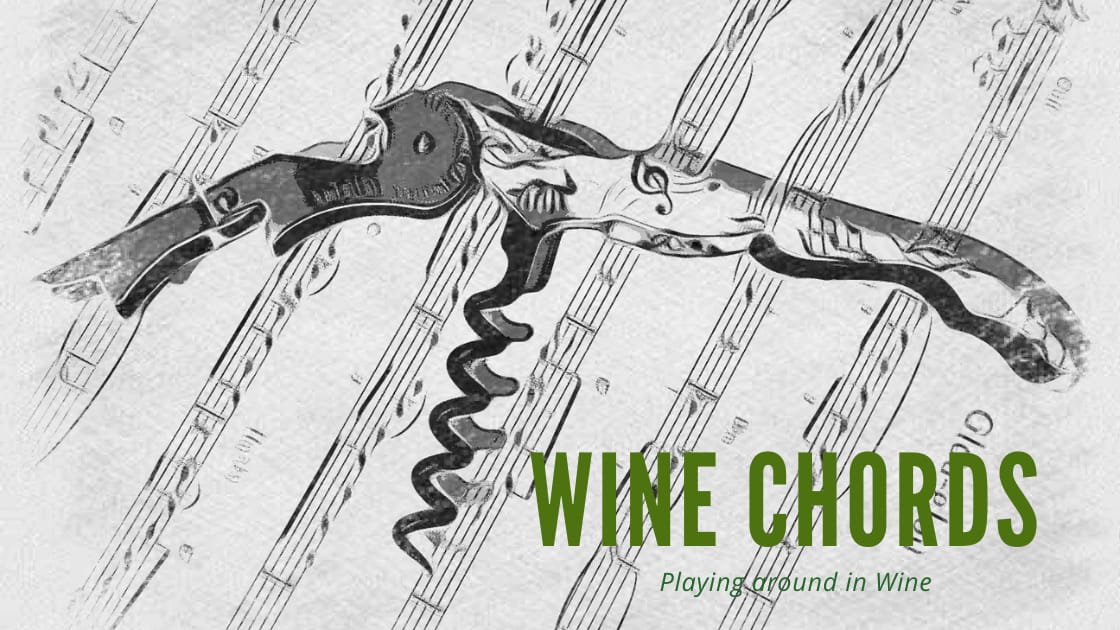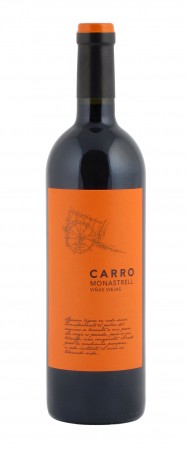I heard about this Brighton winebar from Fiona Beckett, blogger with many years in the business, and whom I met at the RAW fair a couple of years ago. You can see her blog here. Strange though, as I have been there a few times because one of the world’s best sax shops is just around the corner, in West Sussex. Sax, yes. Now after two visits to Plateau this year I must share my experience.
Plateau is a word play on French plateaux (platters/dishes), says bar responsible Johan Claesson, who is on duty the during my second visit. But at least for me it also signifies the high level of cooking, the selection of natural wines and the presentation of it all. Located just opposite the city hall it is easy to find in the heart of the town, near the beaches and the pier too.

Shelter for the evening rain
Plateau is for people with a pleasure in eating and drinking. The staff take pride in good quality ingredients, served in a friendly and fun environment. Their ‘bites’ are based on ingredients that are fresh, local and organically grown. Today’s main menu is written on a chalkboard on the wall, and the dishes are built around the idea of sharing (they can be made into main courses also).

Christian & Johan
Among my choices were mackerel with beetroot puree, green apple and walnut, a lamb carpaccio with broad beans and dukkah (a nutty dip from North Africa), and from the chalkboard: duck with springroll, melon and more, and a delicious goat’s cheese gnocchi.

The wine list is full of unpretentious, easy-and-fun-to-drink organic, biodynamic and natural wines, always with as little additives and corrections as possible, some of them none, and many by the glass.
The wines are not listed by origin, but by style. The whites for instance, come in categories like «mineral, citrus, zingy», «aromatic, fragrant», «skin contact, oxidative», and «rich, nutty, fullbodied» while among the reds you can chose between «carbonic maceration, fruity, gamay», «pinot noir, jura and friends» or «aussies gem» etcetera.
I have mostly chosen from the by the glass selection, and several wines on the staff’s recommendations too. I tried some new and interesting wines, but I also took the opportunity to taste new vintages of old favourites.

The first wine, La Pythe 2013 (a grenache rosé from Dom. Les Deux Terres) was new to me, but a very light, fresh and delicious wine made by natural principles in Ardèche, France. I was surprised to find the Gabriela manzanilla (Sánchez Ayala), a natural, grapey fortified wine I didn’t expect to be sold very far from their bodega in the center of Sanlúcar (Cádiz, Spain). One last example of the many unlikely starter wines here: La Perle Noire 2014, a sparkling wine from Dom. de l’Ocre Rouge to the north of Nîmes, France, a pinot noir with 5 months on the lees. At my second visit I went for a champagne, Pierre Gerbais Cuvée Préstige Brut NV, a very tasteful non dos, no added SO2 wine, with notes of mature apple, some marmelade, and a nice acidity to go with it.
Among the whites I went for a very light coloured sylvaner from Alsace, Dom. Rietsch Sylvaner 2014, that was smelling of flowers and some apricot, and was round and grapey in the mouth. Then an orange wine with some brown, oxidazed tones, Dinavolino 2009, from the unlikely combination of malvasia and marsanne grapes, a nutty, mature apple smelling, lightly spicy, richly textured wine from Denavolo Rivergeno in Emilia-Romagna, Italy.
For the reds I tried several Spanish wines. The Gran Cerdo 2012 (a declassified rioja, which is a good thing for several reasons) a pure whole bunch fermented, unfiltered tempranillo, with lots of fresh fruit, blackcurrent, green pepper, good acidity and quite slender in the mouth. This one went well with «goat’s cheese gnocchi» with wild mushrooms and hazelnuts. They also had a wine from the interesting Maybri project, 1.700 meters above sea level in Bullas, Murcia – only in bottle though – that I chose for an ox tongue bite. Interesting to have tasted, the Maybri Wild 2012 was on the oaky side though. Other Spanish wines I tasted were the Tragolargo from Rafa Bernabé (Alicante) and Partida Creus Vinel.lo 2014, a garnatxa/ull de llebre (tempranillo) from Penedès, Catalunya.

A Murcian highland red
I could have dropped many more names down here, but lastly I wish to leave you a few details about one wine, as I have a special interest in wines like Beaujolais these days. Vielle Vignes 2012, a Beaujolais Village from Jean Claude Lapalu was in a delicate style somewhere between the Sunier brothers and Foillard. Based in his native southern Beaujolais he makes six different Beaujolais gamay wines. Like many others he was influenced by Jules Chauvet, and is now going strictly biodynamic.
Lastly, Johan serverd me an «Eiswein» (from apples) from his native Sweden! A very interesting experience and a very nice conclusion of another memorable visit.

Beach promenade
At Plateau they also feel that music is neglected. Here it is carefully selected, so keep the beat, don’t miss the bar – and have a bite too.
I round off with a cheap wordplay inspired by the famous writer (there are several to be found around town, my favourite being a bar called The Greene Room):
Brighton rocks, and on a very high Plateau too!
















